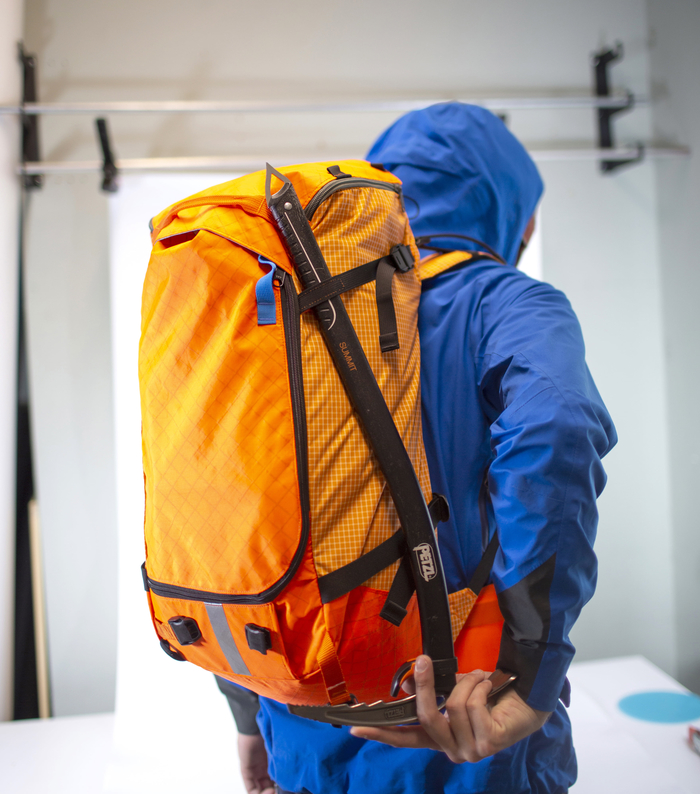Winter recreationists, especially backcountry skiers and splitboarders, need to rescue and provide care for companions if they are caught in an avalanche, a universal skill taught in avalanche education. However, minimal research has been done on users ability to recall and execute this training, unprompted, and no research has examined if the design of equipment (backpack, shovel, probe for example) can improve user’s recall and performance. To examine this problem, a survey was used to assemble demographic profiles of backcountry recreationists. Complete, in-situ simulations of single-rescuer companion rescues were performed using a sample population selected using the created demographic profiles. Finally, two modifications to users backpacks, utilizing known nudge strategies, were tested in abbreviated simulations of single-rescuer companion rescues. This research reveals that a large majority of backcountry skiers and splitboarders have received adequate rescue training and are able to perform a rescue from memory. However, digging strategy and subsequent medical care were found to be weak spots in the rescue process, diminishing survival chances for buried victims. Rescuers appear to be in a “flow state” as described by Csíkszentmihályi, and are not influenced by tested nudge strategies. However, research revealed some effective design strategies which were distilled and implemented in the design of a backpack for skiers and splitboarders.
University of Washington Links
Main Menu
Mobile Menu
- Art
- Art History
- Design
- The School
- The Gallery



